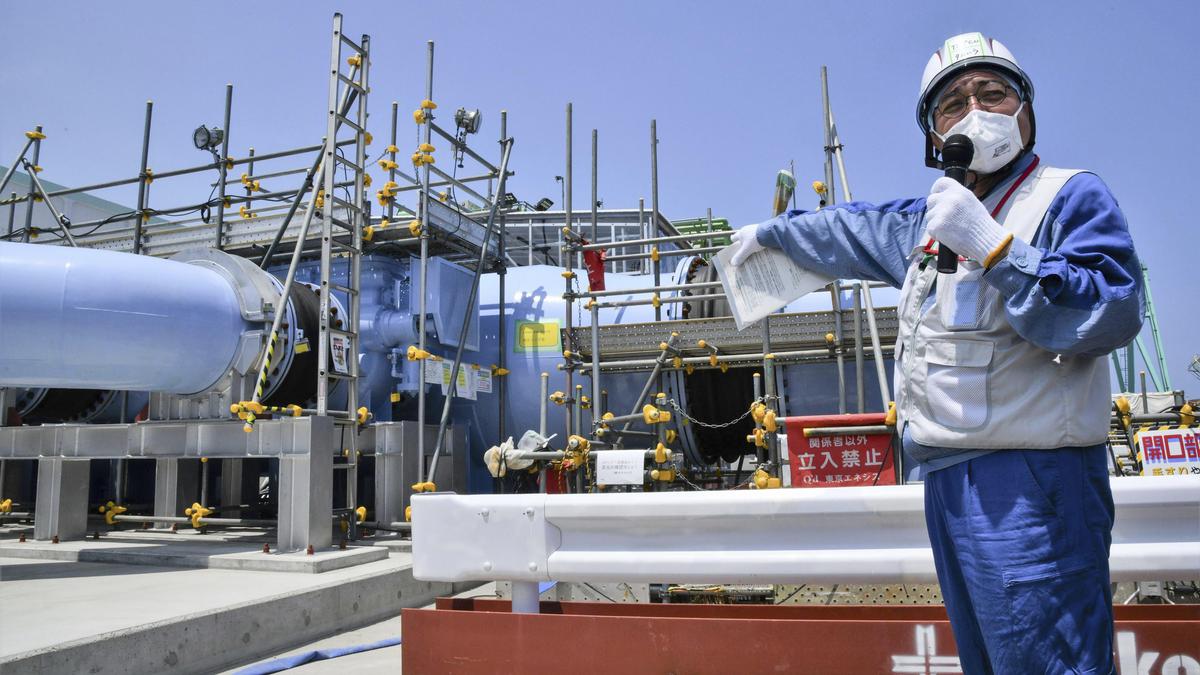
How Japan plans to release Fukushima water into the ocean
The Hindu
Japan is set to begin pumping out more than a million tonnes of treated water from the destroyed Fukushima Daiichi nuclear power plant this summer
Japan is set to begin pumping out more than a million tonnes of treated water from the destroyed Fukushima Daiichi nuclear power plant this summer, a process that will take decades to complete.
The water was distilled after being contaminated from contact with fuel rods at the reactor, destroyed in a 2011 earthquake. Tanks on the site now hold about 1.3 million tonnes of radioactive water - enough to fill 500 Olympic-sized swimming pools. Here is how Tokyo Electric Power Company (Tepco) plans to deal with the water:
Also Read | Japan marks 12 years since 2011 tsunami, Fukushima nuclear disaster
Tepco has been filtering the contaminated water to remove isotopes, leaving only tritium, a radioactive isotope of hydrogen that is hard to separate from water. Tepco will dilute the water until tritium levels fall below regulatory limits before pumping it into the ocean from the coastal site.
Water containing tritium is routinely released from nuclear plants around the world, and regulatory authorities support dealing with the Fukushima water in this way.
Tritium is considered to be relatively harmless because it does not emit enough energy to penetrate human skin. But when ingested it can raise cancer risks, a Scientific American article said in 2014.
Also Read | Dozens rally against Fukushima plant water release plan

We know birds, animals and insects constantly communicate with each other by making certain sounds. But when we think about plants, we do not ever think of them communicating. Charles Darwin, an eminent biologist, thought otherwise. Plants might appear the quiet, silent and solitary type of organisms but they have a complex way of communicating which is interesting and important for their survival.










